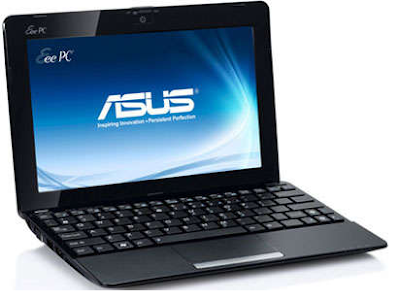Posted by Wayne Piekarski, Developer Advocate
The Android Wear team is rolling out a new update that includes support for interactive watch faces. Now, you can detect taps on the watch face to provide information quickly, without having to open an app. This gives you new opportunities to make your watch face more engaging and interesting. For example, in this animation for the Pujie Black watch face, you can see that just touching the calendar indicator quickly changes the watch face to show the agenda for the day, making the watch face more helpful and engaging.
Interactive watch face API
The first step in building an interactive watch face is to update your build.gradle to use version 1.3.0 of the Wearable Support library. Then, you enable interactive watch faces in your watch face style using setAcceptsTapEvents(true):
setWatchFaceStyle(new WatchFaceStyle.Builder(mService)
.setAcceptsTapEvents(true)
// other style customizations
.build());
To receive taps, you can override the following method:
@Override
public void onTapCommand(int tapType, int x, int y, long eventTime) { }
You will receive events TAP_TYPE_TOUCH when the user initially taps on the screen, TAP_TYPE_TAP when the user releases their finger, and TAP_TYPE_TOUCH_CANCEL if the user moves their finger while touching the screen. The events will contain (x,y) coordinates of where the touch event occurred. You should note that other interactions such as swipes and long presses are reserved for use by the Android Wear system user interface.
And that’s it! Adding interaction to your existing watch faces is really easy with just a few extra lines of code. We have updated the WatchFace sample to show a complete implementation, and design and development documentation describing the API in detail.
Wi-Fi added to LG G Watch R
This release also brings Wi-Fi support to the LG G Watch R. Wi-Fi support is already available in many Android Wear watches and allows the watch to communicate with the companion phone without requiring a direct Bluetooth connection. So, you can leave your phone at home, and as long as you have Wi-Fi, you can use your watch to receive notifications, send messages, make notes, or ask Google a question. As a developer, you should ensure that you use the Data API to abstract away your communications, so that your application will work on any kind of Android Wear watch, even those without Wi-Fi.
Updates to existing watches
This update to Android Wear will roll out via an over-the-air (OTA) update to all Android Wear watches over the coming weeks. The wearable support library version 1.3 provides the implementation for touch interactions, and is designed to continue working on devices which have not been updated. However, the touch support will only work on updated devices, so you should wait to update your apps on Google Play until the OTA rollout is complete, which we’ll announce on the Android Wear Developers Google+ community. If you want to release immediately but check if touch interactions are available, you can use this code snippet:
PackageInfo packageInfo = PackageManager.getPackageInfo("com.google.android.wearable.app", 0);
if (packageInfo.versionCode > 720000000) {
// Supports taps - cache this result to avoid calling PackageManager again
} else {
// Device does not support taps yet
}Android Wear developers have created thousands of amazing apps for the platform and we can’t wait to see the interactive watch faces you build. If you’re looking for a little inspiration, or just a cool new watch face, check out the Interactive Watch Faces collection on Google Play.








